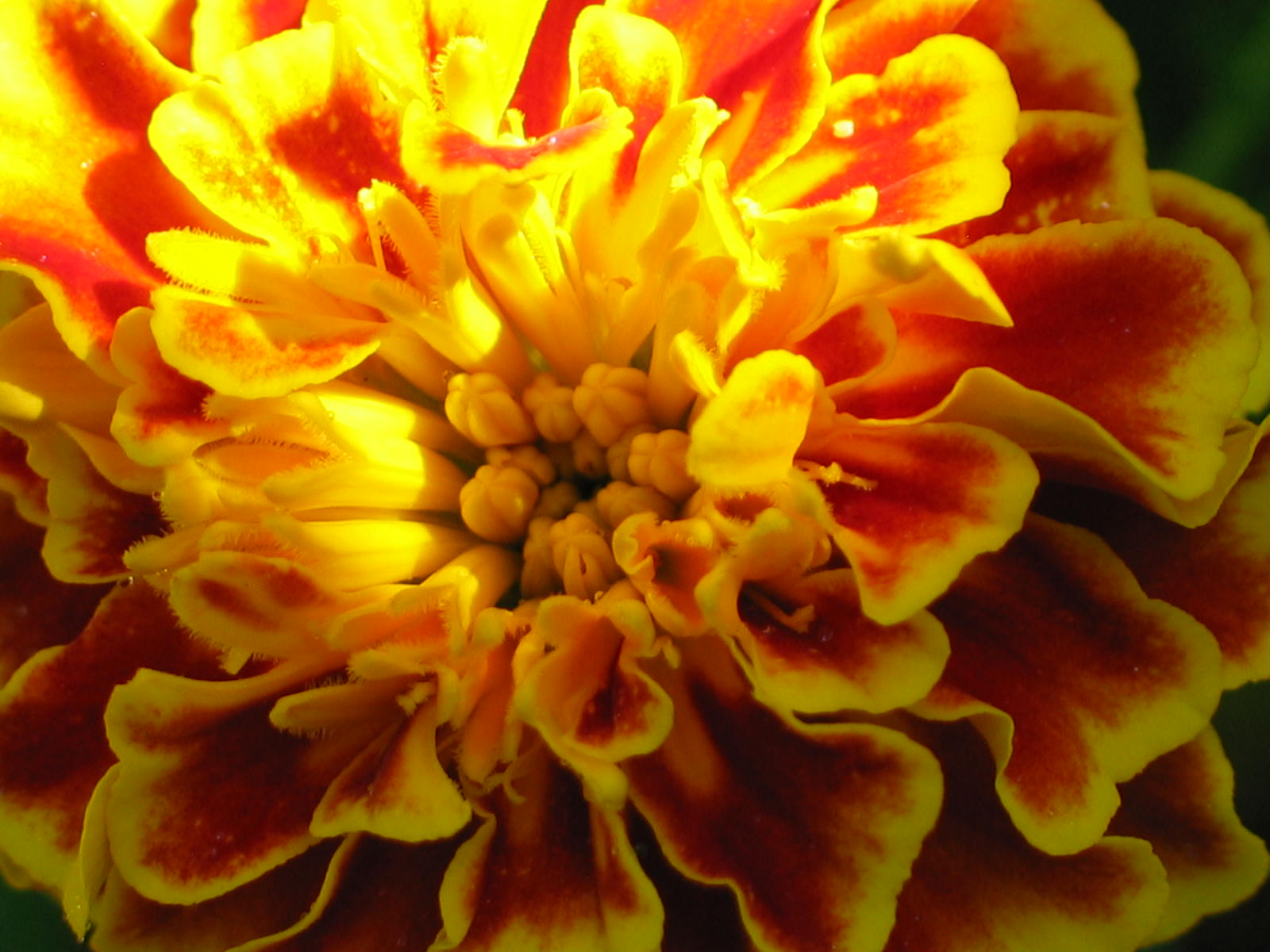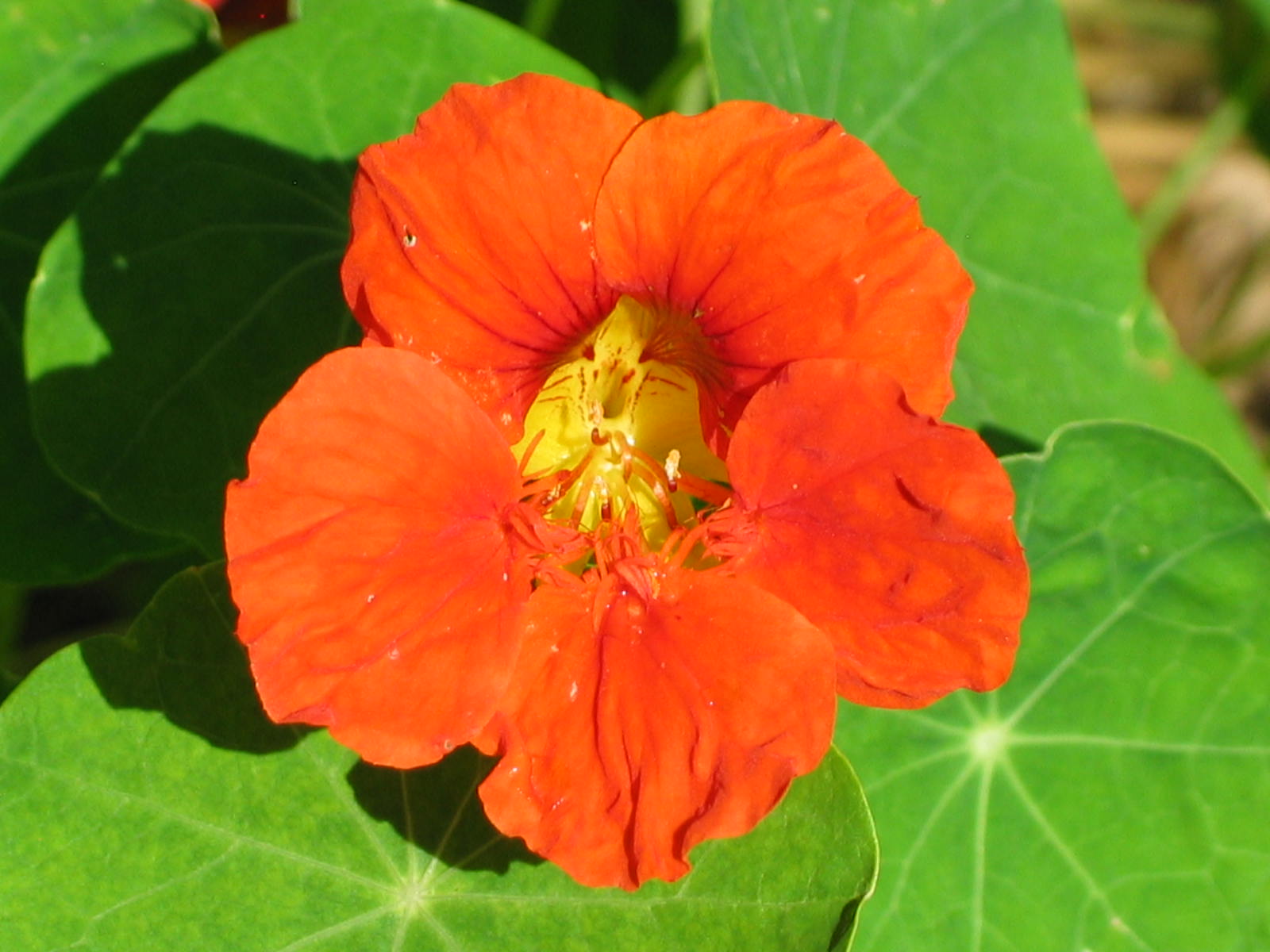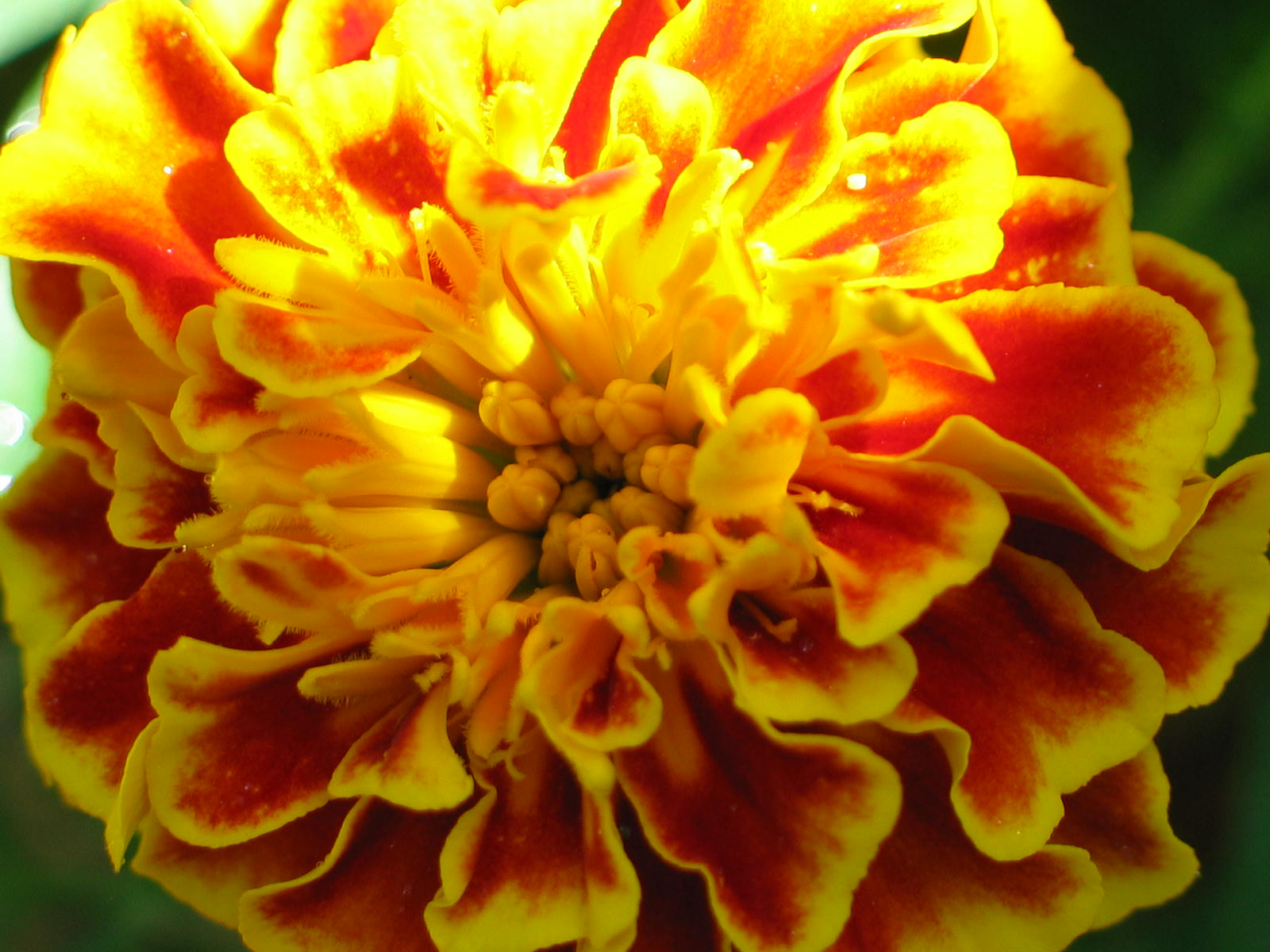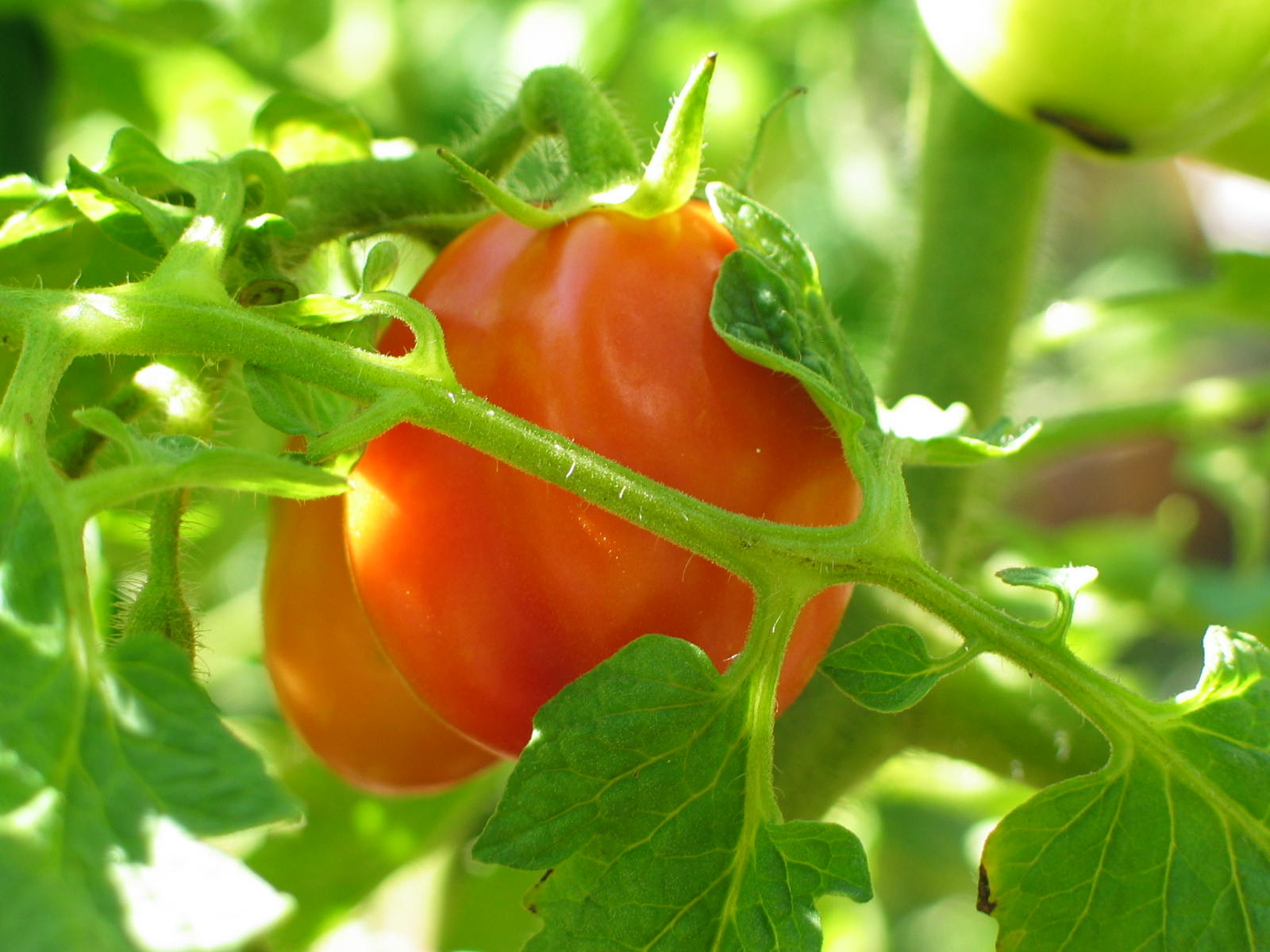
Companion Planting Guide
Companion Gardening/ Companion Planting (Vegetable Companion Planting Guide Chart below) is the theory that it is beneficial for certain plants to grow near each other.
Reasons May Include (not limited to):
Aid In Pollination
Pest Control
Nutrient Balance In Soil
Increased Productivity
Examples of Companion Planting:
Planting horseradish near your potatoes is said to increase the potatoes resistance to diseases.
Planting chamomile near your herbs is said to increase the herb’s oil production.
Planting a member of the Onion Family near your broccoli or cabbage is said to keep slugs and cabbage worms away.
One crop might give off the very nutrients and chemicals that another crop needs to thrive. This makes them a perfect planting pair.
*Disclaimer- This post contains affiliate links for Tractor Supply, Lehman’s, and Amazon. As an Affiliate Associate I earn from qualifying purchases, at no additional cost to the consumer.



Marigolds are probably our most used companion planting partner. They have so many benefits in the garden. Pollination of course is a huge plus, but also they are said to attract other beneficial insects like ladybugs and parasitic wasps. Marigolds are also said to deter hornworms, squash bugs, whiteflies, and even rabbits.
There are several types of Marigolds. The French Marigold is said to release a toxic chemical from its roots, that stops the life cycle of nematodes in soil by hindering the eggs from hatching. This is said to effect the following year’s soil, so you shouldn’t expect to see a difference in nematode population the first year that you plant your marigolds.
Again, companion planting vegetables is a theory that has not been scientifically proven. Many experts don’t agree with this theory, however a very large number of farmers & gardeners swear by it.
The information on this page is based on this “theory” and passed down anecdotes from gardeners throughout the generations. A.K.A. I’m not claiming any of it to be hard facts.
Trap Cropping is when a crop is planted specifically for the purpose to attract pests/insects, distracting the pests away from main crops.
Examples of Trap Cropping: Aphids LOVE tomato plants, however they LOVE nasturtium even more. So, in theory, if you plant the two near each other, the aphids will be so distracted by the nasturtium that your tomatoes will be left to grow unharmed (or less harmed depending on how many aphids you have in your garden).
Compatible vs. Incompatible Crops- It’s important to know which plants help each other out, and which plants may hinder the other’s growth or yield. Below is a Vegetable Companion Planting Guide showing which plants are compatible with each other and which plants are not.
Example of Incompatible Planting: If beets and pole beans are planted near each other, they may stunt each other’s growth.
The below guide is great to keep handy when planning your Backyard Vegetable Garden Layout!
CLICK HERE FOR A FREE PRINTABLE PDF: Vegetable Companion Planting Guide
Vegetable Companion Planting Guide
*Companion Planting is not limited to what is on this chart. Below is just what we have compiled so far.
| Asparagus | Basil, Dill, Marigolds, Parsley, Tomatoes | Garlic, Onions, Potatoes |
|
Basil
|
Asparagus, Chamomile, Oregano, Peppers, Tomatoes (Some say Tomatoes taste better when planted near Basil)
|
Rosemary, Sage (Basil will kill Rosemary if planted near each other)
|
| Beans | Carrots, Corn, Cucumbers, Dill, Eggplant, Lettuce, Potatoes (Bush Beans only) , Radishes, Rosemary, Spinach, Strawberries | Beets, Broccoli, Brussels Sprouts, Cabbage, Cauliflower, Chili Peppers, Kales, Kohlrabi, Marigolds, Onions, Sunflowers, Tomatoes |
|
Beets
|
Broccoli, Cabbage, Cauliflower, Garlic, Kohlrabi, Leeks, Lettuce, Mint, Onions, Shallots |
Pole or Runner Beans (Beets & Pole/Runner Beans stunt each other’s growth if planted near each other) |
| Broccoli | Celery, Dill, Garlic, Geraniums, Leeks, Nasturtium, Onions, Potatoes, Rosemary, Shallots | Beans, Peppers, Tomatoes |
| Brussels Sprouts | Dill, Garlic, Geraniums, Leeks, Nasturtium, Onions, Rosemary, Shallots | Beans, Peppers, Tomatoes |
|
Cabbage
|
Aromatic Herbs, Beets, Celery, Chamomile, Dill, Garlic, Geraniums, Nasturtiums, Onions, Potatoes, Rosemary, Sage, Shallots, Spinach, Swiss Chard, Thyme (Thyme- Deters Cabbage Worms) |
Beans, Dill, Peppers, Strawberries, Tomatoes |
|
Carrots
|
Beans, Celery, Garlic, Leeks, Lettuce, Onions, Peas, Rosemary, Sage, Shallots |
Dill, Parsnips, Radishes, Tomatoes (Tomatoes seem to grow better when planted w/ carrots, but the carrots growth may get stunted.) |
| Cauliflower | Dill, Garlic, Geraniums, Leeks, Nasturtium, Onions, Rosemary, Shallots | Beans, Peppers, Tomatoes |
| Celery | Cabbage, Nasturtium, Onions, Tomatoes | Corn |
|
Chamomile (Is said to increase other herbs oil production if planted near them) |
Basil, Cabbage, Cucumbers, Onions |
|
|
Cilantro (Helps keep Aphids, Potato Beetles, and Spider Mites away from neighboring plants) |
Beans, Peas, Spinach |
|
| Corn | Beans, Cucumbers, Parsley, Peas, Potatoes, Pumpkins, Sunflowers, Squash | Celery, Tomatoes |
| Cucumbers | Beans, Beets, Carrots, Corn, Marigolds, Nasturtiums, Peas, Radishes, Sunflowers | Aromatic Herbs, Potatoes, Sage, Tomatoes |
| Eggplant | Basil, Beans, Carrots, Garlic, Leeks, Marigolds, Mints, Onions, Oregano, Peas, Peppers, Shallots | Broccoli, Brussels Sprouts, Cabbage, Cauliflower, Corn, Dill, Fennel, Potatoes |
|
Garlic (Helps keep Aphids, Cabbage Loopers, and rabbits away from neighboring plants) |
Celery, Cucumbers, Lettuce, Peas, Tomatoes |
|
|
Geraniums (Helps keep Japanese Beetles and Leafhoppers away from neighboring plants) |
Grapes, Peppers, Tomatoes |
|
|
Lettuce
|
Beans, Carrots, Cucumbers, Kohlrabi, Radishes, Sage, Strawberries (Sage deters slugs away from lettuce) |
Cabbage, Celery, Parsley |
|
Marigolds (Helps keep Nematodes & other pests away from neighboring plants) |
Most veggies, most of all: Broccoli, Cabbage, Cucumbers, Kale, Peppers, Squash, Tomatoes |
Beans
|
|
Nasturtiums (edible)
(Trap Crop for Aphids. Helps keep Cabbage Loopers, Cucumber Beetles, Squash Bugs, & White flies away from neighboring plants) |
Most veggies, most of all: Beans, Broccoli, Cabbage, Cucumbers, Pumpkins, Radishes, Squash, Tomatoes |
|
|
Onions (Helps keep Aphids, Cabbage Worms, and Slugs away from neighboring plants) |
Beets, Broccoli, Brussels Sprouts, Cabbage, Carrots, Cauliflower, Kales, Lettuce, Peppers, Potatoes, Tomatoes | Asparagus, Beans, Parsley, Peas |
|
Oregano (Helps keep Aphids away from neighboring plants) |
Basil, Peppers, Tomatoes |
|
| Parsley | Asparagus, Tomatoes | Onions |
| Peas | Beans, Carrots, Corn, Cucumbers, Radishes, Tomatoes, Turnips | Onions, Potatoes |
| Peppers | Basil, Geraniums, Onions, Tomatoes | Beans, Brussels Sprouts, Broccoli, Cabbage, Cauliflower, Kale |
|
Petunias (Trap Crop for Aphids, Asparagus Beetles, Japanese Beetles, & Leafhoppers) |
Asparagus, Cucumbers, Pumpkins, Squash |
|
|
Potatoes
|
Basil, Bush Beans, Broccoli, Cabbage, Carrots, Corn, Garlic, Horseradish, Leeks, Marigolds, Onions, Oregano, Shallots (Planting horseradish near your potatoes will increase the potatoes resistance to diseases.) |
Cucumbers, Peas, Pumpkins, Spinach, Squash, Sunflowers, Tomatoes, Turnips
|
| Pumpkins | Beans, Corn, Marigolds, Radishes | Potatoes |
| Radishes | Cucumbers, Lettuce, Nasturtiums, Peas | Hyssop |
|
Rosemary (Helps keep Bean Beetles & Cabbage Moths away from neighboring plants) |
Beans, Broccoli, Cabbage, Carrots, Sage |
Basil (Will be killed if planted near Basil) |
|
Sage (Helps keep Cabbage Loopers & Carrot flies away from neighboring plants) |
Beans, Cabbage, Carrots, Rosemary |
|
| Spinach | Beans, Peas, Strawberries, Cabbage | Potatoes |
| Squash | Corn, Marigolds, Nasturtiums | Potatoes |
|
Tomatoes
|
Asparagus, Basil, Carrots, Celery, Cucumbers, Garlic, Geraniums, Leeks, Marigolds, Nasturtiums, Onions, Oregano, Parsley, Peppers, Shallots (Tomatoes seem to grow better when planted w/ carrots, but the carrots growth may get stunted.) (Some say Tomatoes taste better when planted near Basil) |
Beans, Broccoli, Brussels Sprouts, Cabbage, Cauliflower, Corn, Dill, Fennel, Kohlrabi, Peas, Potatoes, Rosemary |
| Winter Squash | Beans, Corn | Potatoes |

 About Me
About Me
Oh my goodness, this is so helpful!! I downloaded the pdf, which is going directly into my gardening notebook! 🙂 It’s so much easier to understand than many of the graphics I’ve seen. And everything in one place?? Thank you! Definitely sharing this 🙂
I’m so glad that you like it! I love the prettiness of the graphic ones and even attempted to make one. I found that they tend to not include as much though, and leave out so many plants that are common in backyard gardens. Hope you find it helpful this year!